In ancient Mesopotamia, myths and legends held great importance in shaping the beliefs of the people. One such fascinating figure is Lamashtu, a powerful and enigmatic demoness. Delving into the origins, symbolism, rituals, and modern-day influence of Lamashtu can provide valuable insights into the complexities of ancient societies and the enduring power of mythology.
Understanding the Origins of Lamashtu
At the intersection of Mesopotamian mythology and ancient texts, Lamashtu emerges as a captivating character. This malevolent goddess, often depicted with the head of a lioness, is associated with disease, madness, and death. According to ancient belief, Lamashtu was born from the union of the sky god Anu and a demon named Antu. Scholars believe that her hybrid form reflects the fears and anxieties surrounding childbirth, infertility, and maternal mortality in ancient times.
Lamashtu’s presence in Mesopotamian mythology is not limited to her role as a bringer of misfortune. Some interpretations suggest that she also symbolizes the power of femininity and the complexities of motherhood. In this light, Lamashtu can be seen as a multifaceted deity embodying both destructive and nurturing aspects, highlighting the duality of existence in the ancient world.
The Mesopotamian Mythology and Lamashtu
In the rich tapestry of Mesopotamian mythology, Lamashtu occupies a prominent place. She was regarded as one of the most feared and destructive deities in the pantheon. The tales of Lamashtu’s malice and cruelty were recounted in ancient texts, such as the Gilgamesh epic and the Enuma Elish. These myths shed light on the beliefs and values of an ancient society grappling with the overwhelming forces of nature and the fragility of human life.
Furthermore, Lamashtu’s interactions with other deities in Mesopotamian mythology reveal intricate power dynamics and hierarchies within the divine realm. Her clashes with figures like Inanna, the goddess of love and war, underscore the complex relationships and rivalries that defined the mythological landscape of ancient Mesopotamia.
Lamashtu in Ancient Texts and Inscriptions
Ancient inscriptions and tablet fragments reveal the enduring fascination with Lamashtu. She was often invoked in rituals and incantations to seek protection from her malevolent influence. These texts also provide glimpses into the daily life of ancient Mesopotamians, their hopes, fears, and attempts to ward off evil spirits like Lamashtu.
Moreover, the depiction of Lamashtu in art and sculpture offers additional insights into the cultural significance of this deity. From intricate clay figurines to detailed relief carvings, representations of Lamashtu showcase the artistic skill and religious devotion of ancient Mesopotamian craftsmen. These visual representations not only capture the essence of Lamashtu’s character but also serve as windows into the spiritual beliefs and practices of the civilization that revered her.
The Role of Lamashtu in Ancient Society
Beyond her mythological significance, Lamashtu played a crucial role in the lives of people during ancient times. As a demoness associated with childbirth, she was believed to cause harm to newborns and expectant mothers. Her depiction as a grotesque figure with sharp teeth and talons only amplified the fear surrounding childbirth.
Lamashtu’s influence extended beyond the realm of childbirth, permeating various aspects of daily life in ancient Mesopotamia. She was not only feared for her association with maternity but also regarded as a malevolent force capable of bringing misfortune and disease to individuals and communities. The omnipresence of Lamashtu in the collective consciousness of ancient society underscores the profound impact of supernatural beliefs on cultural practices and societal norms.
Lamashtu as a Demoness
A recurring motif in ancient art and literature, Lamashtu was represented with features that inspired terror and anxiety. Artists portrayed her with a lioness’s head, donkey’s ears, bird’s talons, and a hairy body. These menacing attributes symbolized her ability to inflict harm and evoke fear in the hearts of ancient people.
Furthermore, the depiction of Lamashtu in various forms of artistic expression served not only as a warning against her malevolence but also as a means of invoking protective measures against her influence. Talismans and amulets featuring Lamashtu’s image were believed to ward off evil spirits and safeguard individuals from her nefarious intentions, highlighting the intricate relationship between art, belief, and ritual in ancient Mesopotamian society.
Lamashtu and Childbirth
The birth of a child was a time of immense vulnerability for both mother and child. In this context, Lamashtu’s presence loomed large. She was believed to lurk in the shadows, ready to snatch away newborns or bring harm to mothers. To protect against Lamashtu’s malevolence, ancient Mesopotamians employed various rituals and talismans, which we will explore in detail.
Moreover, the fear of Lamashtu during childbirth was not limited to physical harm but also encompassed spiritual and emotional threats. It was believed that Lamashtu’s influence could extend beyond the physical realm, affecting the spiritual well-being of both mother and child. Consequently, elaborate ceremonies and incantations were performed to appease Lamashtu and ensure the safe delivery of infants, underscoring the profound significance of childbirth rituals in ancient Mesopotamian culture.
Symbolism and Iconography of Lamashtu
Art and symbolism played significant roles in Mesopotamian culture, and Lamashtu’s representation was no exception. Understanding the intricate details of her iconography can provide valuable insights into the beliefs and perceptions of ancient people.
Lamashtu, a fearsome demon goddess in Mesopotamian mythology, was often depicted with a lion’s head, donning a menacing expression that struck fear into the hearts of believers. Her body, sometimes portrayed as that of a bird of prey, symbolized her ability to swoop down upon unsuspecting victims. These artistic representations not only showcased the remarkable skills of ancient artisans but also served as cautionary tales to those who dared to invoke her wrath.
Depictions of Lamashtu in Art
Ancient Mesopotamian art portrays Lamashtu in various forms and contexts. From sculptures and reliefs to clay tablets and cylinder seals, she is a recurring figure. These representations not only showcase the remarkable artistic skills of the period but also serve as windows into the fears and hopes of the people.
One common motif found in depictions of Lamashtu is her association with snakes, a symbol of both danger and protection in Mesopotamian belief. The intertwining of Lamashtu with serpents highlighted her dual nature as a bringer of harm and a guardian against evil forces. This juxtaposition of symbols added layers of complexity to the understanding of Lamashtu’s role in the spiritual landscape of ancient Mesopotamia.
The Significance of Lamashtu’s Symbols
The symbols associated with Lamashtu – such as lions, owls, and snakes – hold deep significance. Lions, for example, were symbolically linked to power, ferocity, and protection. Owls, known for their nocturnal nature, were associated with darkness and the realm of the supernatural. These symbols shed light on the fears and protective measures adopted by the ancients to ward off Lamashtu.
Furthermore, the inclusion of fish imagery in representations of Lamashtu hinted at her connection to water and fertility, aspects that were crucial for the sustenance and prosperity of ancient Mesopotamian communities. The intricate web of symbols surrounding Lamashtu not only reflected the complexities of human existence in the ancient world but also served as a visual language through which beliefs and fears were communicated and understood.
Rituals and Amulets against Lamashtu
In their quest to safeguard newborns and mothers, ancient Mesopotamians devised elaborate rituals and utilized amulets believed to possess protective powers. Understanding these practices offers a glimpse into the intriguing world of ancient beliefs.
Ancient Mesopotamian society was deeply entrenched in the belief in supernatural beings and forces that influenced every aspect of daily life. The fear of Lamashtu, a malevolent demoness known for her attacks on pregnant women and infants, was a prevalent concern among the people. To combat her influence, individuals turned to a variety of protective measures steeped in tradition and mysticism.
Protective Measures against Lamashtu
Ancient texts and archaeological evidence provide insights into the protective measures employed to counter Lamashtu’s malevolence. Rituals involving the use of amulets, incantations, and symbolic actions played a vital role in mitigating the perceived threats posed by this formidable demoness.
Amulets, in particular, were crafted with intricate designs and inscriptions believed to ward off evil spirits and provide a shield of protection for both mother and child. These talismans were often made from materials such as precious metals, gemstones, or clay, imbued with magical significance through elaborate rituals performed by priests or shamans.
The Role of Pazuzu, Lamashtu’s Nemesis
Pazuzu, a demon-god associated with the desert winds, emerged as a powerful opponent to Lamashtu. Depicted as a winged creature with a lion’s head and a serpent’s tail, Pazuzu was believed to counteract the effects of Lamashtu’s evil. The rivalry between these two mythical beings played a crucial role in shaping ancient beliefs and practices.
Devotees of Pazuzu sought his protection through prayers, offerings, and the wearing of amulets bearing his likeness. The image of Pazuzu served as a potent symbol of warding off malevolent forces, invoking a sense of security and divine intervention in times of peril. The intricate interplay between Lamashtu and Pazuzu highlights the complex mythological landscape of ancient Mesopotamia, where belief in supernatural entities dictated the rituals and customs of the society.
Lamashtu’s Influence on Modern Culture
As with many ancient myths, Lamashtu’s legacy continues to thrive in contemporary culture. Whether through literature, film, or modern beliefs and practices, her powerful and menacing presence endures.
Lamashtu in Literature and Film
From literary works inspired by ancient Mesopotamia to contemporary horror films, Lamashtu has found her way into popular culture. Writers and filmmakers have drawn upon her fierce image and mystique to create captivating narratives that bring ancient myths to life.
Lamashtu in Contemporary Beliefs and Practices
In some corners of the world, beliefs and practices associated with ancient deities like Lamashtu have persisted. People continue to seek protection against malevolent forces through rituals, charms, and amulets, underscoring the enduring influence of this ancient demoness.
In conclusion, the mysteries of Lamashtu are as captivating as they are enduring. By unraveling her origins, exploring the symbolism surrounding her, and understanding the rituals developed to counter her malevolence, we gain valuable insights into the fears, beliefs, and protective measures of ancient Mesopotamians. Furthermore, Lamashtu’s presence in modern culture is a testament to the enduring power of mythological figures and their ability to shape our collective imagination.

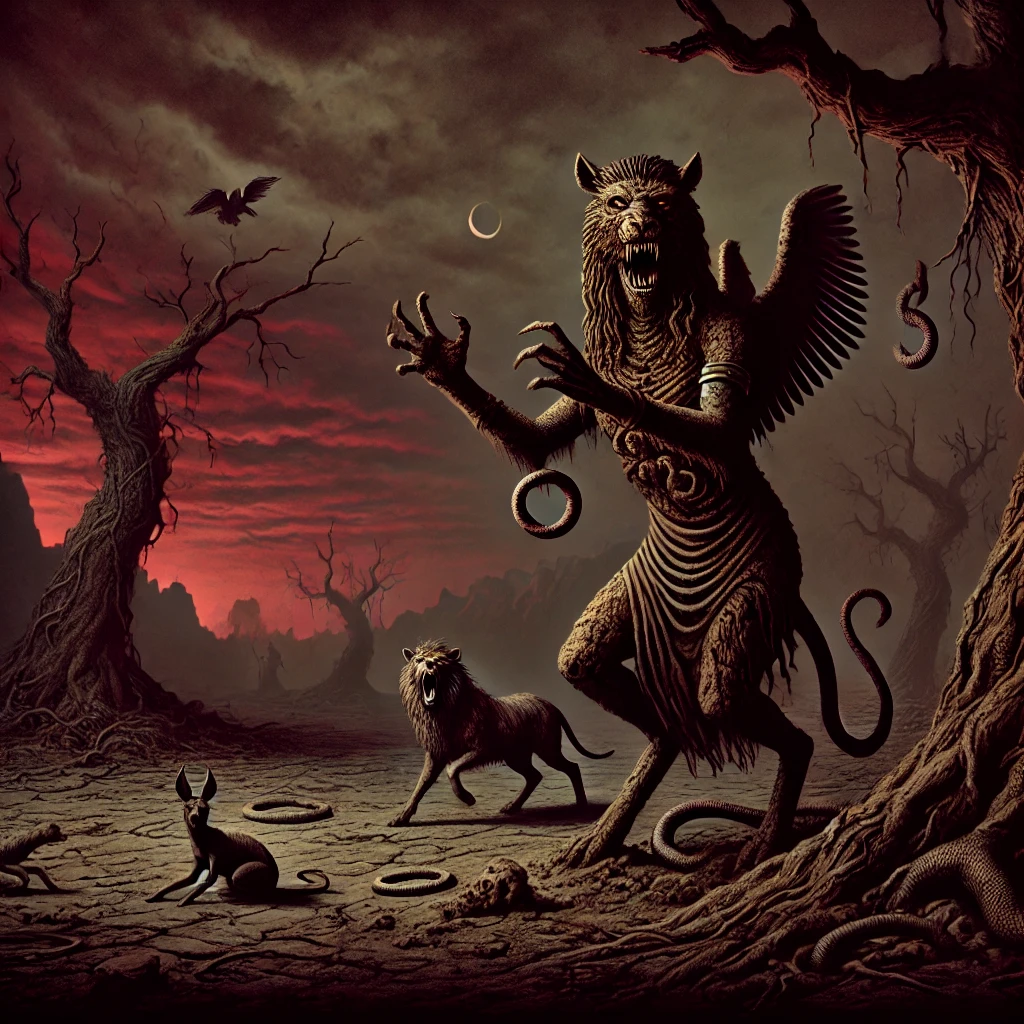


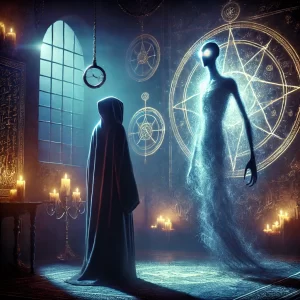








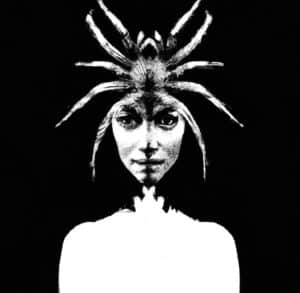








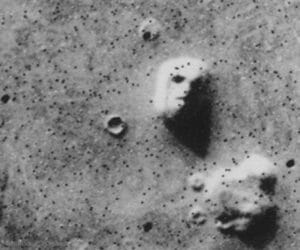



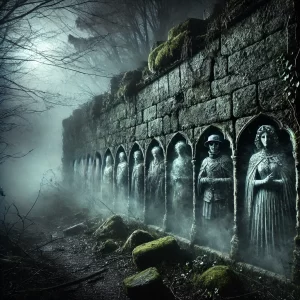


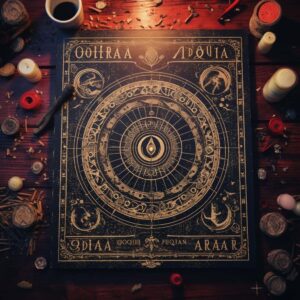








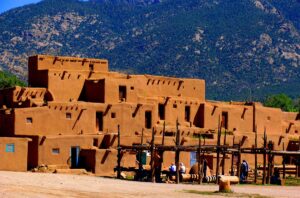











Leave a Reply